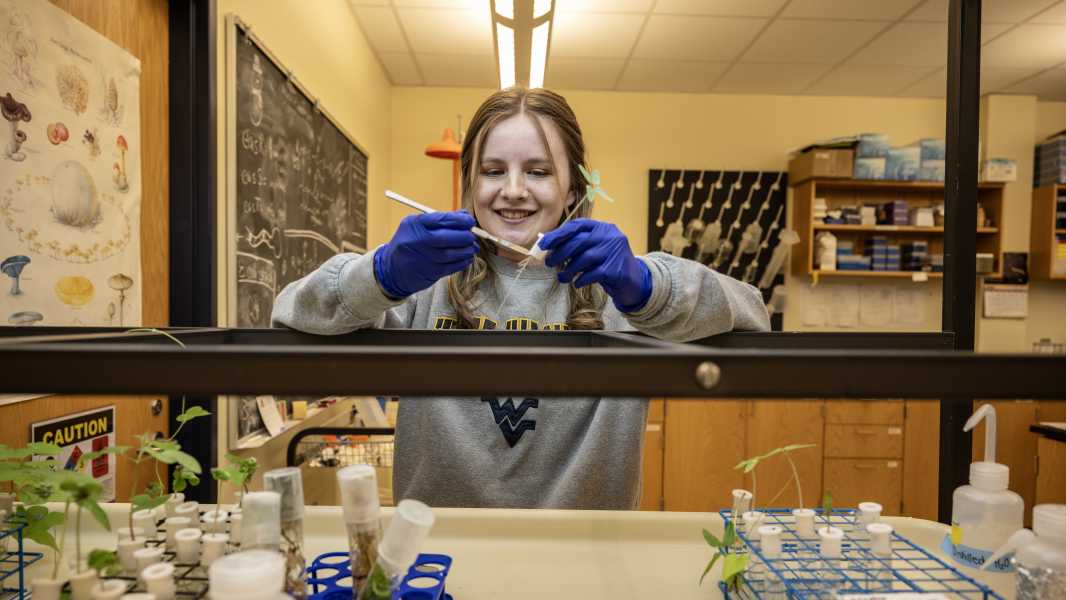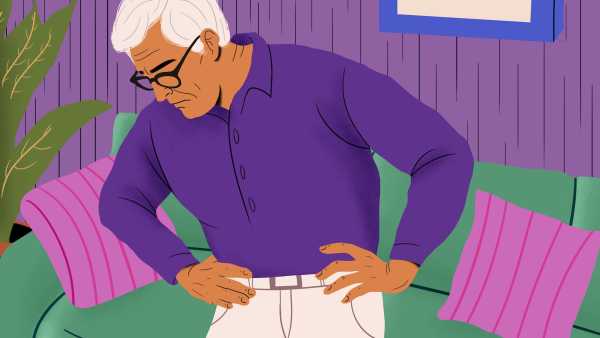
Environmental microbiology student Corinne Hazel discovered the fungus, which grows on a Mexican variety of morning glory known as Sky Blue. (Photo credit: WVU Photo/Brian Persinger)
A university student has discovered an elusive fungus that produces chemical compounds with effects similar to the psychedelic drug LSD.
Corinne Hazel, who studies environmental microbiology at West Virginia University in Morgantown, came across the fungus growing on morning glories. These flowering plants are part of a large group with many species, and Hazel identified the fungus in a Mexican morning glory called “Heavenly Blue.” The fungus also occurs on other varieties, such as “Pearly Gates” and “Flying Saucers,” according to a recent study published April 22 in the journal Mycologia.
Morning glories are known to contain a class of chemical compounds known as ergot alkaloids. These substances, produced exclusively by fungi, are the same class that Swiss chemist Albert Hofmann used to synthesize LSD in the 1930s. Hofmann worked with the fungus Claviceps purpurea, commonly found on rye, to create LSD; he began to suspect that Mexican morning glories must have a similar chemical-producing fungus when he learned of their use for hallucinogenic properties. However, the fungus remained elusive—until recently.
You may like
Sourse: www.livescience.com





